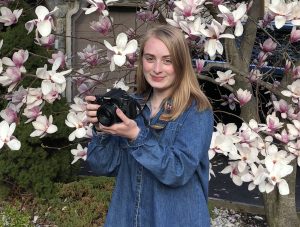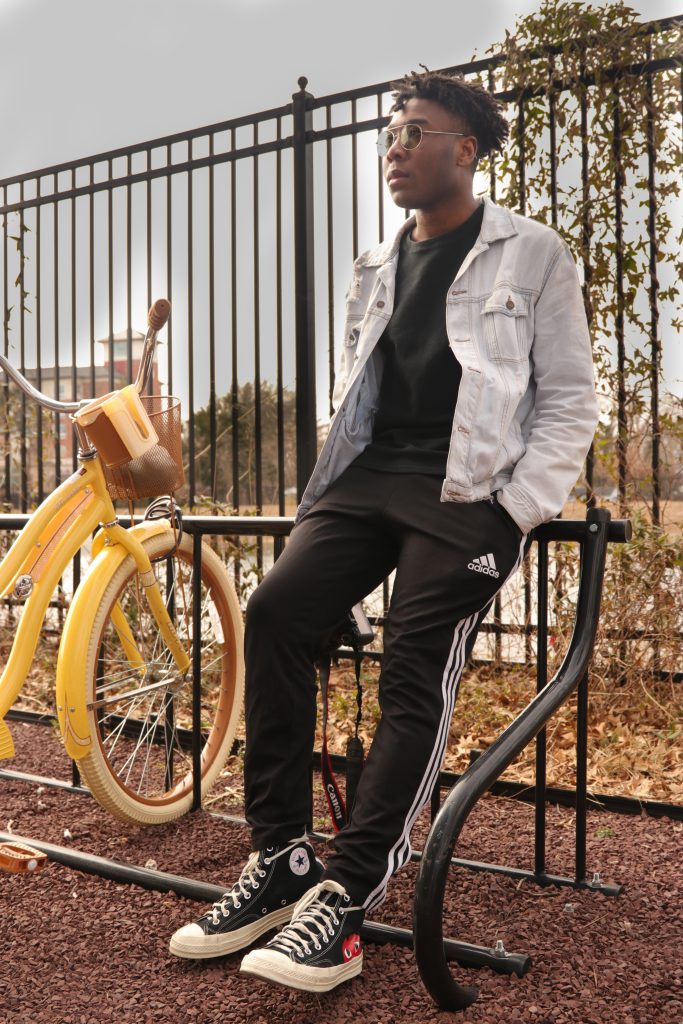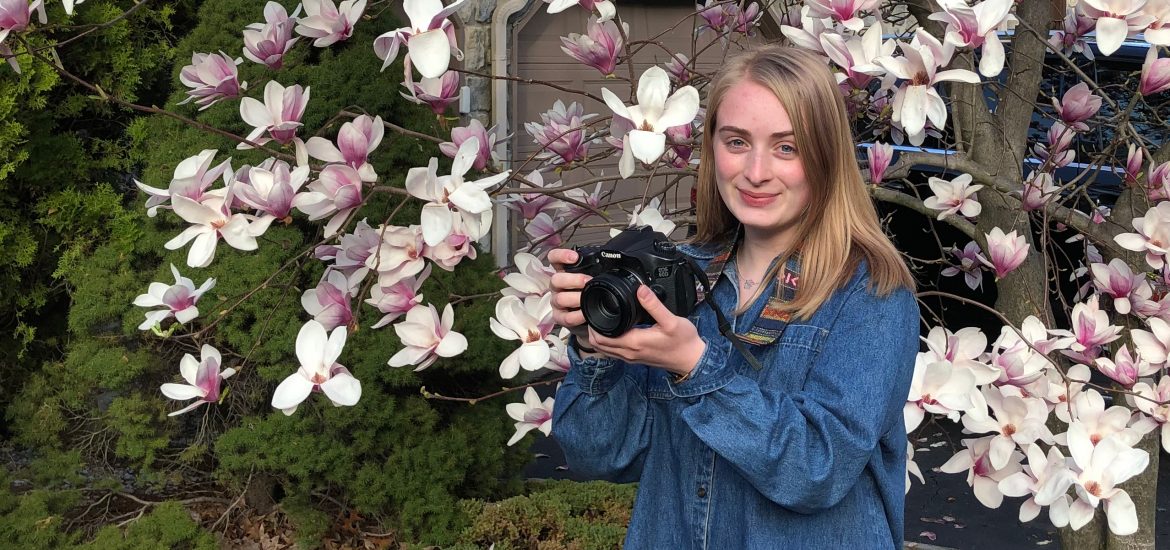Welcome to our series to give you a glimpse into Rowan University, our campus culture, and the lives of our students, while we’re practicing social distancing to protect society from the spread of COVID-19. Today’s story is from Nicole Cier, a senior isolating in her house in Middlesex County, NJ. Nicole is a writing arts major who normally lives in Rowan Boulevard Apartments during the school year. Find Nicole’s photos for Rowan Blog here.
As college students, we are experiencing what most people reflect on as some of the best years of their lives. We have unlimited opportunities, live close to our friends, and find unique ways to have fun. The memories we make during these four (or so) years of our lives can last a lifetime — but why not take photos, just in case we forget? Whether you want to post these photos on social media, store them in an album, or hang them on your dorm room wall, here are some tips to up your photography game.
Make the most of natural light
 Most of us don’t have the money as college students to invest in a fancy camera, but we can make the most of our phone cameras with a few lighting tricks. Natural light is going to be our best friend, so try to shoot during the day time when you can use minimal overhead lighting. Fluorescent lights usually don’t work well with photos, and can distort the exposure (brightness) or colors in your photos. Avoid shooting in direct sunlight, especially if there is a person in the shot, so they don’t have to squint. Typically, overcast or cloudier days are best, as they prevent overexposure of your image and distracting sun flares or glares. Wherever your light is coming from, it should illuminate the subject in your photo so that they stick out from the background. Have your subject face the light source, as opposed to having their back to the light, so they are clearly visible.
Most of us don’t have the money as college students to invest in a fancy camera, but we can make the most of our phone cameras with a few lighting tricks. Natural light is going to be our best friend, so try to shoot during the day time when you can use minimal overhead lighting. Fluorescent lights usually don’t work well with photos, and can distort the exposure (brightness) or colors in your photos. Avoid shooting in direct sunlight, especially if there is a person in the shot, so they don’t have to squint. Typically, overcast or cloudier days are best, as they prevent overexposure of your image and distracting sun flares or glares. Wherever your light is coming from, it should illuminate the subject in your photo so that they stick out from the background. Have your subject face the light source, as opposed to having their back to the light, so they are clearly visible.

Consider your composition
To take the best photo, pay attention to your surroundings! The composition of a photo pertains to how the subject(s) in your image are arranged in relation to other objects nearby and the background. One of the biggest mistakes people make in photography is not noticing distractions in the background that could take away from their photo. Make sure that things such as telephone poles and trees are not “poking out of” your subject’s head in the photo, and make sure to remove any objects you don’t want in the frame. Sometimes even people in the background can distract from the main subject.

Use lines & symmetry as a guide
The Rule of Thirds is another important aspect to keep in mind while taking photos (here is a short YouTube clip explaining the Rule of Thirds). It ensures that your photo’s composition is “balanced,” so the viewer’s eye knows exactly where to look, and so your focal point — the part of the photo you want to draw attention to — is the star of the show. Symmetry and leading lines make your photo easier on the eyes, and pave a simple path for the eye to follow to the focal point. Turning on the gridlines in your phone or camera’s settings makes using leading lines and symmetry in your pictures much easier.
Shoot with intention
One of the biggest mistakes people make in photography is not thinking about what they want the photo to express. Take into consideration what your goal is for each photo, and strive to capture that. For example, if you want to portray someone as powerful or important, shoot them from a low angle, with your camera pointed slightly up towards them. If you want to take an “artsy” portrait of your friend, consider props or a particular scenery that will set the tone you have in mind. Having an idea of what you want a photo to look like, before you even take it, will help you get the best picture possible!

And as with any art form, don’t be afraid to try new techniques! Experiment with different lighting and composition options, and compare your photos. Looking at two photos side by side, that have the same subject matter but were shot differently, can teach you a lot about photography. Take as many photos as you can and find what style you like the most. Each photographer has a unique style in their pictures, and there is no “wrong” way to do it. Make the most of your college memories and preserve them, too, by snapping the best photos you can.
Like what you see?
Story and photography by:
Nicole Cier, senior writing arts major



